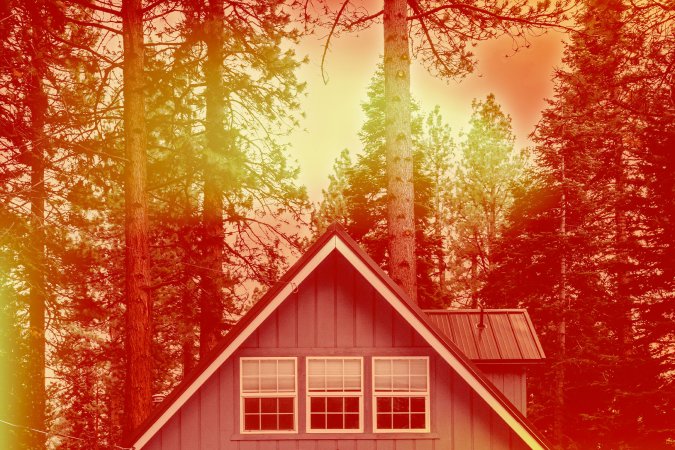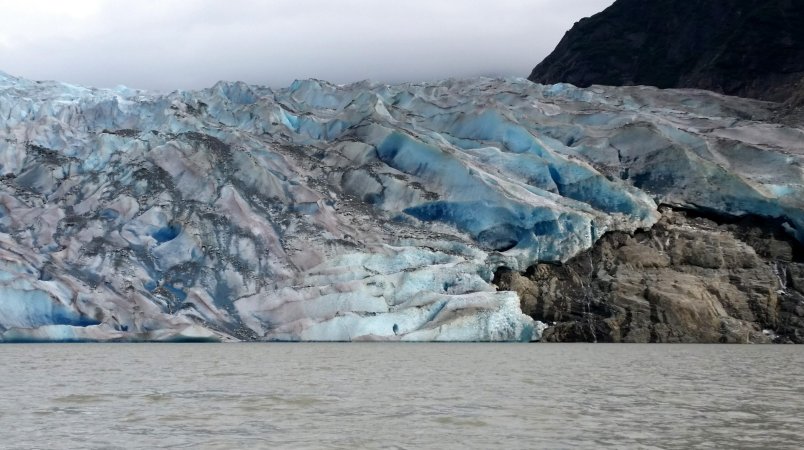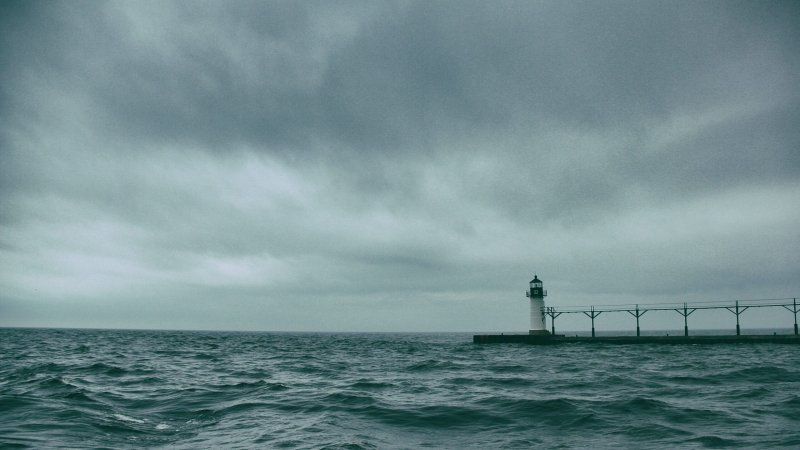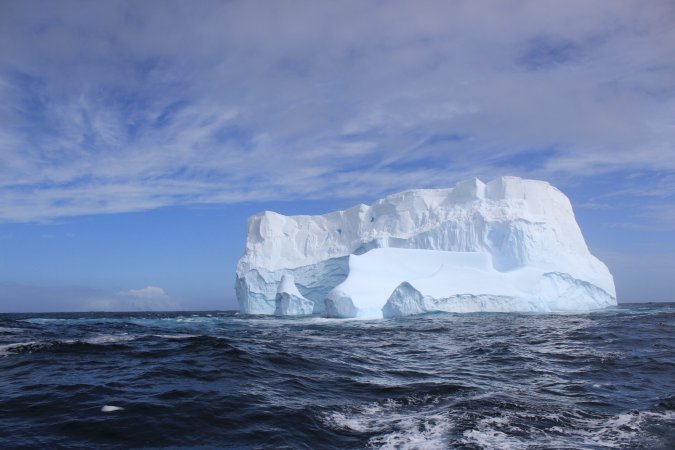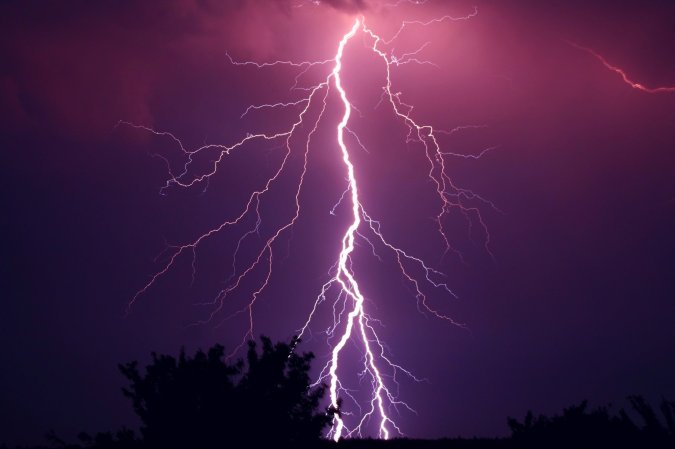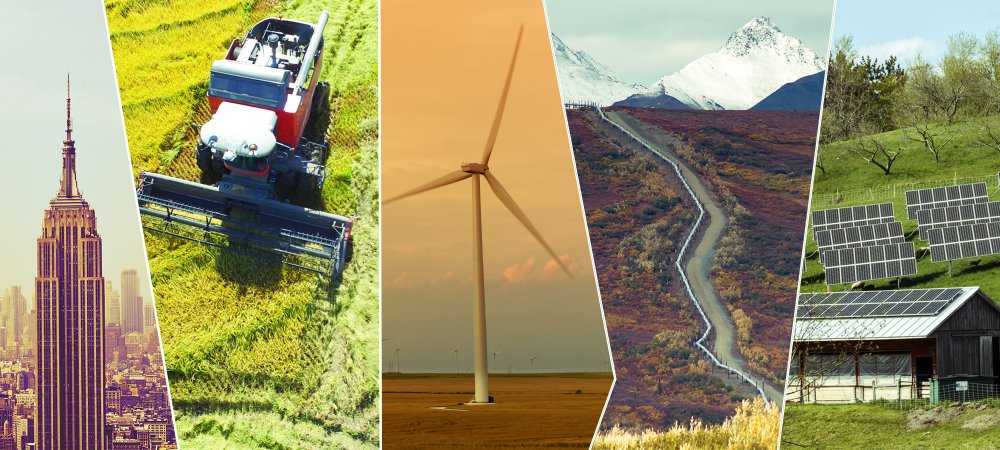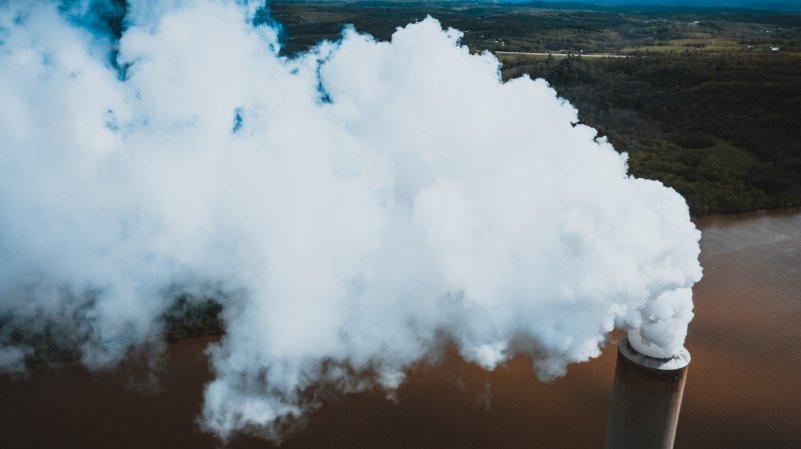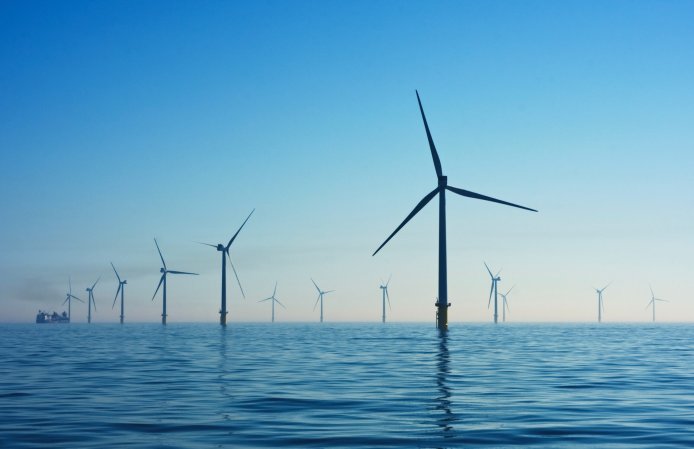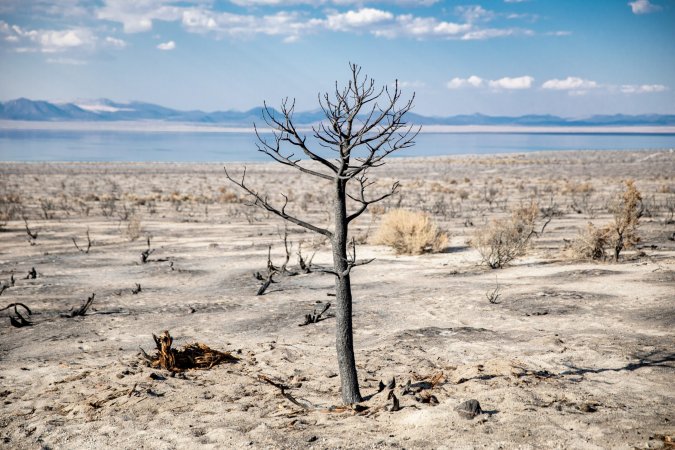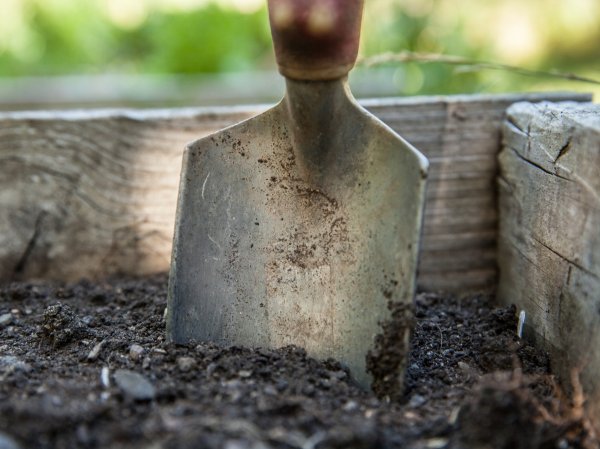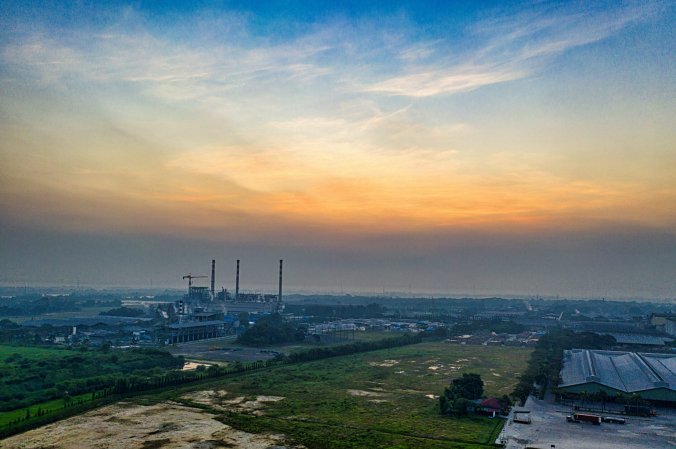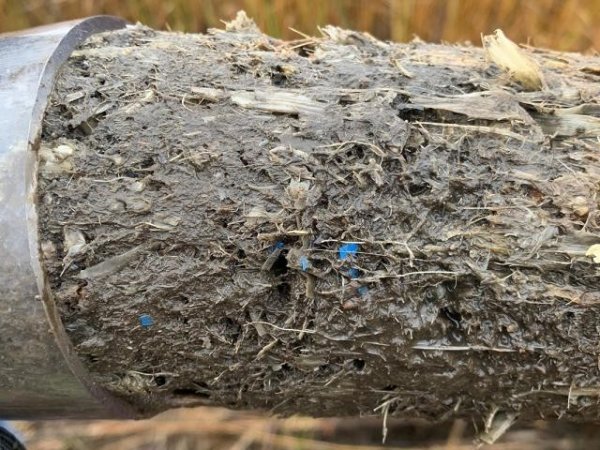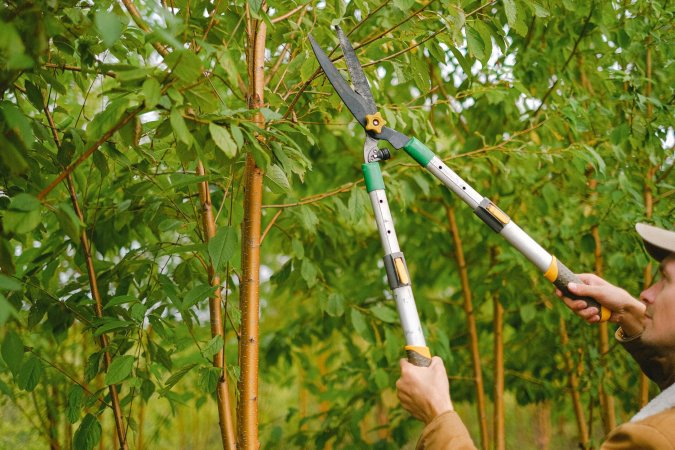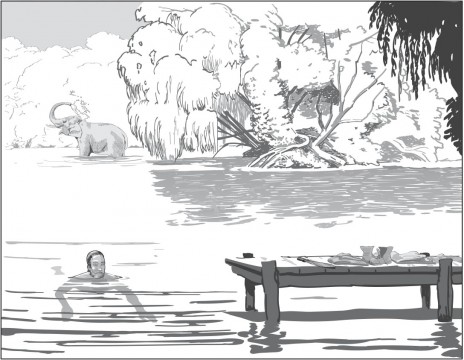


Credit: Andy Soth/QUEST Wisconsin
Why is a Wisconsin scientist using science fiction-like stories to talk about global warming?
According to Quest, the public broadcasting science series, the goal of “Yahara 2070″ is to get local communities in the Yahara watershed, a 386 square-mile (1,000 square-kilometer) area surrounding Madison, into constructive discussions about adapting to the effects of climate disruption.
Rather than do it solely via the usual high-level scientific lingo, however, limnologist (fresh water scientist) Steve Carpenter worked with a writer and an illustrator to create four human-scale visions of the region’s future, based on the best current scientific data and trends, as well as interviews and workshops with people living in the watershed.
Each story features characters whose thoughts and experiences frame the conditions projected in the scenario.
The two additional scenarios explore other community and political transformations, such as redrawing local government boundaries to align with local watersheds, the better to manage drought and water scarcity.
This project is fascinating. It’s easy to imagine this approach creating constructive discussions on community resilience all over the United States. Click here to watch and read the whole thing.
Click here for more Popular Science coverage on the future of energy and other resources.

